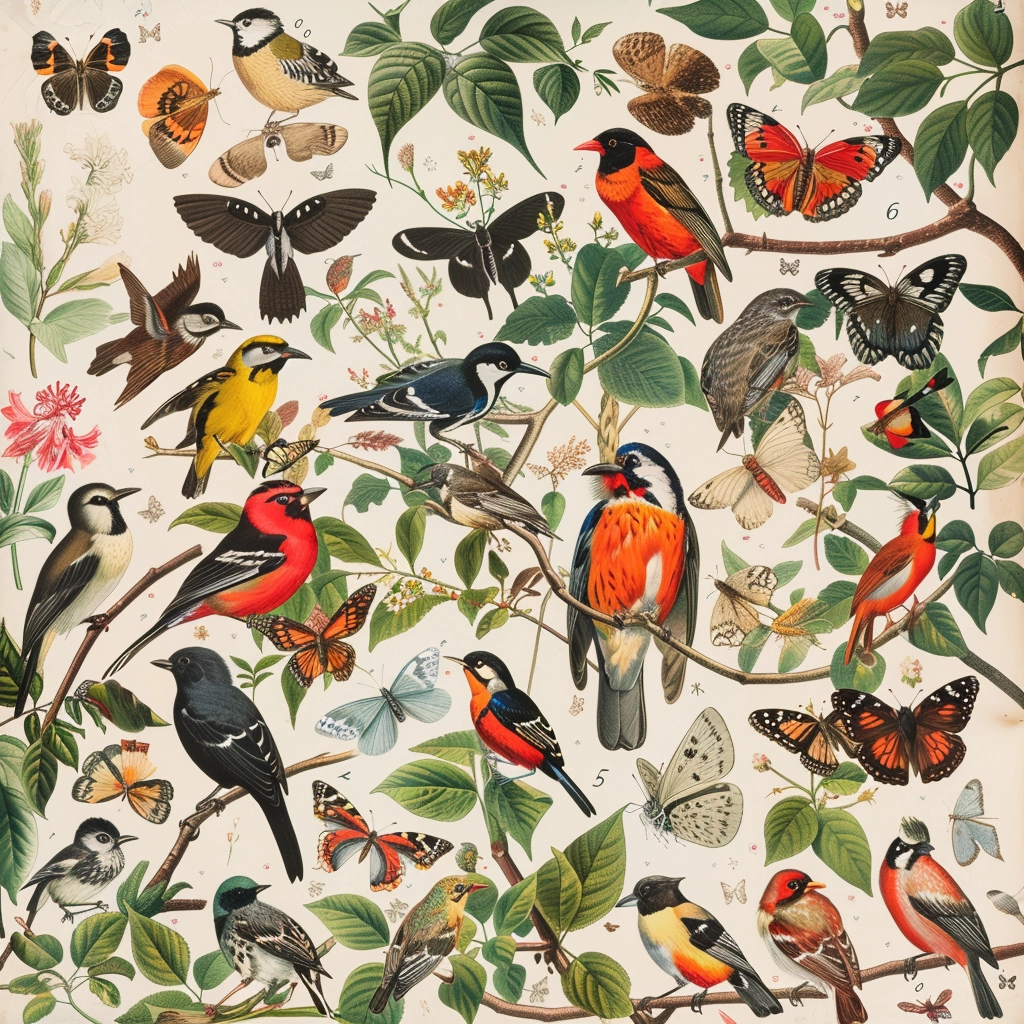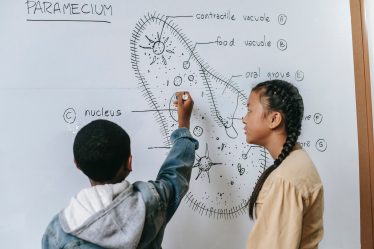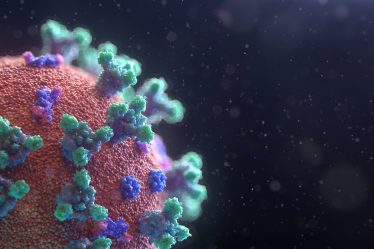
Have you ever considered the wide variety of life on our planet, from microscopic bacteria to towering trees, and how these diverse forms sustain ecosystems? The answer lies within the study of biodiversity and ecology.
Biodiversity is not just a catalog of life but a critical framework for understanding how living things interact within ecosystems to support life processes. It encompasses the range of life from the genetic level of viruses to the complex structures of plants and green algae. On the other hand, ecology examines the interactions between organisms and their environments, revealing the intricate web that connects all living things.
In this exploration, we focus on:
- The significance of biodiversity: from genetic diversity within species to the variety of ecosystems.
- Ecology: the science that helps us understand the dynamics of life on Earth.
- The role of ecosystems: the complex networks that are vital for biodiversity.
- The process and benefits of ecoremediation demonstrate nature’s resilience and capacity for recovery.
Understanding the principles of biodiversity and ecology can provide valuable insights into the natural world, from the essential roles of bacteria and viruses to the oxygen-producing power of plants and algae. This knowledge is pivotal for anyone looking to contribute to environmental conservation and understand the essence of our natural world.
Biodiversity, Ecology and Ecosystems: Key Takeaways
In a hurry? Don’t worry. Our critical takeaways on biology, ecology, and biodiversity will give you a quick and easy summary of the main points:
🟠 Biodiversity encompasses the variety of all life forms, from genetic levels in organisms to the complex ecosystems they inhabit, ensuring ecosystem health and resilience.
🟠 Ecology studies help us understand how species interact within their environments, highlighting the importance of these relationships for maintaining ecological balance.
🟠 Ecoremediation leverages natural processes to restore degraded environments, promoting recovery and sustainability of ecosystems.
If you find ecology or biodiversity challenging, don’t worry! Personalized tutoring or interactive biology lessons make these concepts more straightforward. Explore more biology topics and broaden your knowledge with our free Biology blogs.
What is Biodiversity?
Biodiversity, the variety of life on Earth, encompasses every living organism, from microscopic bacteria to vast forests. It’s divided into three key components: genetic diversity, species diversity, and ecosystem diversity. Each layer adds to ecosystems’ complexity and stability, enabling them to withstand and recover from environmental stresses.
Genetic Diversity: Foundation for Adaptation
Genetic diversity refers to the variety of genes within species, providing the raw material for adaptation and evolution. This genetic variation is critical for species’ survival, acting as a buffer against environmental changes. Species with high genetic diversity can adapt to new challenges like climate change or disease, ensuring their longevity and stability within ecosystems.
Why genetic variation is crucial for species survival
Species survival hinges on their ability to adapt to changing environments. Genetic variation is the cornerstone of this adaptability, enabling species to evolve in response to environmental pressures. This diversity within a species is essential for maintaining ecosystem resilience and overall biodiversity.
Species Diversity: Pillars of Ecosystem Stability
Species diversity is the variety of species within a habitat or on the planet as a whole. It ensures ecosystem functionality, as different species play various roles, such as producers, consumers, and decomposers. High species diversity contributes to ecosystem stability and productivity, making ecosystems more resilient to changes.
How different species support ecosystem functionality
Different species fulfill unique roles within ecosystems, contributing to the flow of energy and cycling of nutrients. This biodiversity ensures that ecosystems are efficient and resilient and can maintain functionality under stress. Losing any species can disrupt these roles, highlighting the importance of preserving species diversity.
Ecosystem Diversity: Earth’s Varied Habitats
Ecosystem diversity encompasses various habitats, from deserts to oceans, each supporting distinct communities of organisms. This diversity ensures that natural processes and life support systems, such as air and water purification, soil fertility, and pollination, are maintained worldwide.
Diverse ecosystems’ contribution to global ecology
Diverse ecosystems contribute to global ecology by balancing the Earth’s climate, supporting the water cycle, and providing habitats for various species. This variety is vital for the planet’s health and humanity’s survival, underscoring the need to protect and preserve ecosystem diversity.
Are concepts like biodiversity and ecosystems intricate? A biology tutor can offer personalized lessons that cater to your learning style, making complex biological processes accessible and engaging.
Ecosystems: The Framework of Biodiversity
Ecosystems compose the structural framework supporting biodiversity. They are dynamic communities of plants, animals, microorganisms, and the non-living environment, interacting as a functional unit. These interactions facilitate energy flow and materials’ cycling, sustaining life processes. Ecosystems vary in size and complexity, from small ponds to vast forests, each providing habitat for diverse species and contributing to Earth’s global biodiversity.
Understanding Ecosystem Dynamics
Ecosystem dynamics are governed by the interactions between different organisms and their physical environment. These dynamics are crucial for the stability and productivity of ecosystems.
The role of producers, consumers, and decomposers
- Producers, like green plants and algae, convert solar energy into chemical energy through photosynthesis, forming the ecosystem’s energy pyramid base.
- Consumers rely on feeding on other organisms for energy. They are categorized into herbivores (primary consumers), carnivores (secondary and tertiary consumers), and omnivores (feeding on both plant and animal sources).
- Decomposers, including bacteria and fungi, break down dead organisms and waste materials, recycling essential nutrients into the ecosystem.
Energy flow and material cycling within ecosystems
Energy flows through an ecosystem from producers to consumers and finally to decomposers, which ensures the transfer of energy and nutrients. Material cycling, including the carbon, nitrogen, and water cycles, maintains the ecosystem’s health and productivity by recycling and redistributing nutrients.
The Value of Ecosystem Services
Ecosystem services are the benefits that humans derive from ecosystems. These services are indispensable to human well-being and include:
Benefits of ecosystems to humans and the planet
- Provisioning food, fresh water, and raw materials.
- Regulating services that include climate regulation, flood control, and disease regulation.
- Supporting services vital for nutrient cycling and soil formation.
- Cultural services that provide recreational, aesthetic, and spiritual benefits.
Understanding and preserving these ecosystem services is crucial for sustaining life on Earth, highlighting the interdependence of human well-being and ecosystem health.
Are you curious about chemistry in daily life? Explore our simple experiments you can do at home!
The Role of Ecology in Understanding Biodiversity
Ecology, the scientific study of interactions among organisms and their environment, is fundamental for comprehending the vast diversity of life on Earth. It examines how these interactions shape the distribution and abundance of organisms and influence ecosystem structure and function. Through ecology, scientists gain insights into the mechanisms driving biodiversity and the consequences of losing it, enabling targeted conservation efforts to protect and sustain the natural world.
Ecology Studies: Unraveling the Complexity of Nature
Ecologists employ various methods to study ecosystems and biodiversity, including field observations, experiments, and modeling. These approaches allow them to dissect the complex web of life, understanding how species interact within their habitats and respond to environmental changes. This knowledge is crucial for predicting how alterations in biodiversity might affect ecosystem stability and functionality, guiding strategies to mitigate adverse effects.
How ecologists study Ecosystems and Biodiversity
Ecologists analyze the relationships between living organisms and their physical surroundings to understand the dynamics of natural habitats. They investigate these interactions at multiple levels, from individual organisms and populations to communities and entire ecosystems, unraveling the complexity of nature.
Ecoremediation: Using Ecology to Restore Balance
Ecoremediation refers to using ecological principles and practices to restore degraded environments. By harnessing natural processes, such as bioremediation by plants and microorganisms, ecoremediation aims to reinstate ecosystem functionality and biodiversity.
Examples of eco-remediation efforts and their impact on biodiversity
Successful ecoremediation projects include the restoration of wetlands, reforestation of cleared lands, and rehabilitation of contaminated soils and water bodies. These efforts improve ecosystem health and enhance biodiversity, supporting the return of native species and re-establishing balanced ecological interactions.
Explore biochemistry and the differences between organic and inorganic chemistry.
How to Learn About Biodiversity and Ecology?
We’ve journeyed through the essentials of biodiversity and ecology, from the genetic diversity that underpins adaptation to the ecosystems that sustain our planet. This exploration emphasized the interconnected roles of different species and the importance of maintaining healthy ecosystems.
If you’re inspired to learn more, consider connecting with a tutor or enrolling in classes that explore these subjects more deeply. Our range of free study guides, including those focused on Chemistry, is also a great resource for broadening your scientific knowledge.
If you’re searching for a biology tutor, a quick search for “biology tutor Liverpool” or “biology teacher Birmingham” on platforms like meet’n’learn can connect you with the ideal private teacher for your educational journey.
Those preferring group learning settings can find biology classes in their area by looking up “biology classes Leeds” or “biology lessons London” online, leading to community colleges or educational workshops.
Biodiversity and Ecosystems: Frequently Asked Questions
1. What is biodiversity?
Biodiversity refers to the variety of life on Earth, from the smallest microorganisms to the largest ecosystems.
2. Why is genetic diversity important?
Genetic diversity boosts species’ resilience to environmental changes and diseases, supporting adaptation and survival.
3. How do ecosystems function?
Ecosystems function through interactions between living organisms and their physical environment, enabling energy flow and nutrient cycling.
4. What role do producers play in an ecosystem?
Producers, like plants and algae, convert sunlight into energy, forming the base of the food chain.
5. What is the significance of decomposers?
Decomposers break down dead organisms, recycling nutrients back into the ecosystem.
6. How does eco-remediation work?
Ecoremediation uses natural processes to restore and rehabilitate degraded environments.
7. What are ecosystem services?
Ecosystem services are benefits that humans receive from the natural environment, including clean air, water, and food.
8. Why study ecology?
Studying ecology provides insights into how organisms interact with each other and their environment, which is essential for conserving biodiversity.
References:
1. Britannica
2. National Geographic
3. Wikipedia



